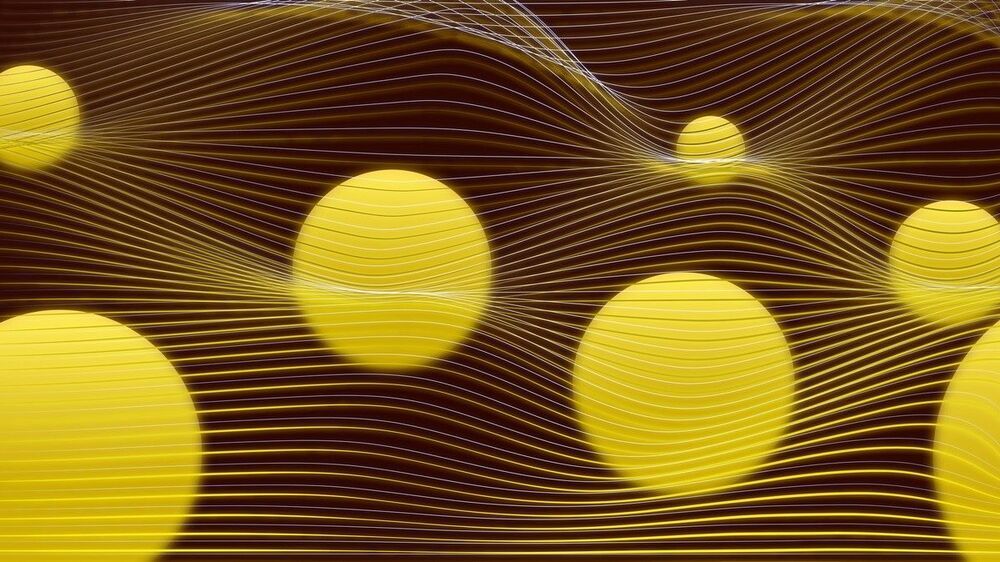Physicists imagine a day when they will be able to design a clock that’s so precise, it can detect dark matter.
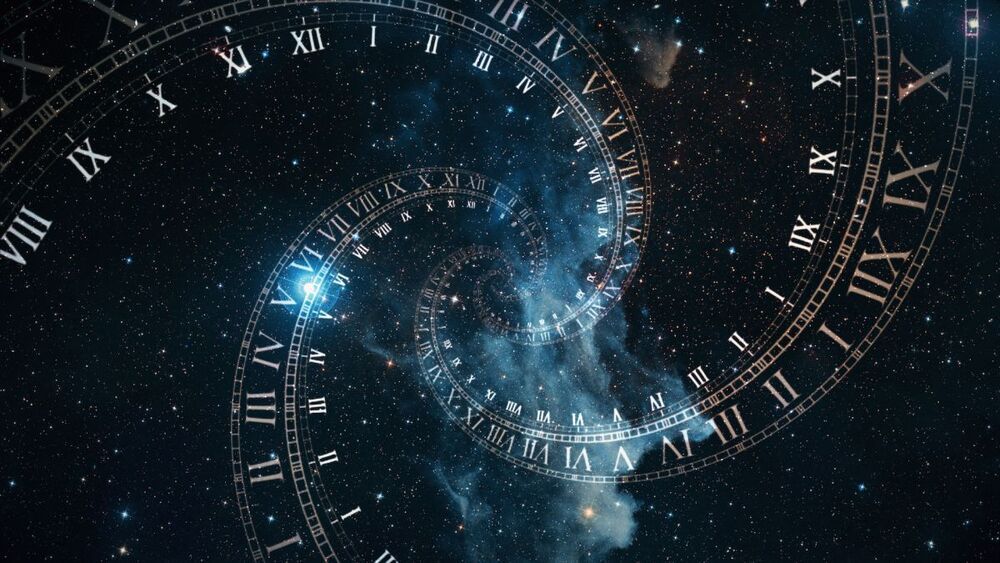


New technology from Stanford scientists finds long-hidden quakes, and possible clues about how earthquakes evolve.
Tiny movements in Earth’s outermost layer may provide a Rosetta Stone for deciphering the physics and warning signs of big quakes. New algorithms that work a little like human vision are now detecting these long-hidden microquakes in the growing mountain of seismic data.
Measures of Earth’s vibrations zigged and zagged across Mostafa Mousavi’s screen one morning in Memphis, Tenn. As part of his PhD studies in geophysics, he sat scanning earthquake signals recorded the night before, verifying that decades-old algorithms had detected true earthquakes rather than tremors generated by ordinary things like crashing waves, passing trucks or stomping football fans.
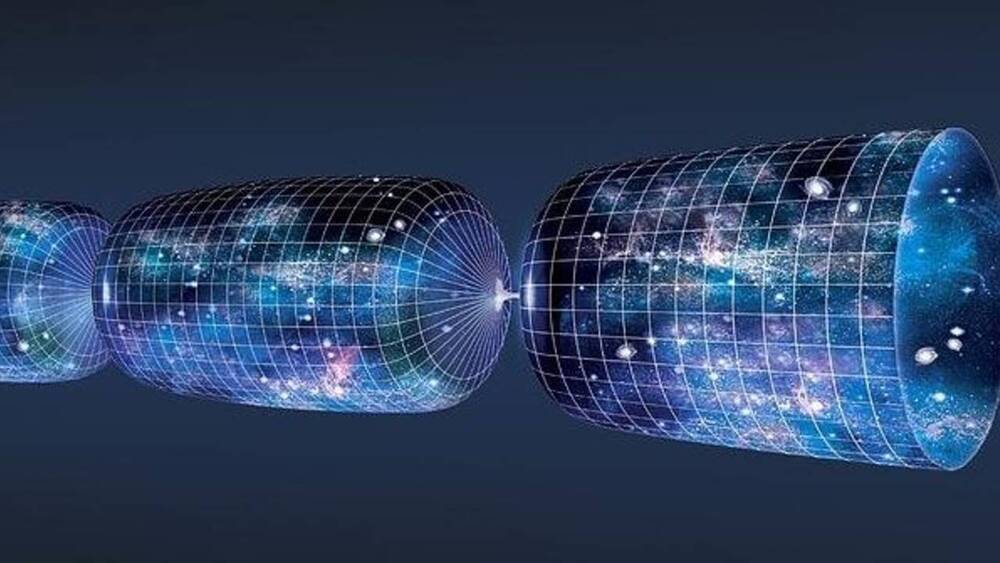
Circa 2018 o.o!
We are not living in the first universe. There were other universes, in other eons, before ours, a group of physicists has said. Like ours, these universes were full of black holes. And we can detect traces of those long-dead black holes in the cosmic microwave background (CMB) — the radioactive remnant of our universe’s violent birth.
At least, that’s the somewhat eccentric view of the group of theorists, including the prominent Oxford University mathematical physicist Roger Penrose (also an important Stephen Hawking collaborator). Penrose and his acolytes argue for a modified version of the Big Bang.
In Penrose and similarly-inclined physicists’ history of space and time (which they call conformal cyclic cosmology, or CCC), universes bubble up, expand and die in sequence, with black holes from each leaving traces in the universes that follow. And in a new paper released Aug. 6 in the preprint journal arXiv— apparent evidence for Hawking points in the CMB sky — Penrose, along with State University of New York Maritime College mathematician Daniel An and University of Warsaw theoretical physicist Krzysztof Meissner, argued that those traces are visible in existing data from the CMB.

The ultimate goal of the Old World alchemist was to turn inexpensive metals into gold. Modern-day physicists at the University of Rochester’s Institute of Optics (Rochester, NY), have turned aluminum and other metals goldin color if not chemistry. A femtosecond laser processing technique created by professor Chunlei Guo and his assistant Anatoliy Vorobeyv alters the surface properties of aluminum, platinum, titanium, tungsten, silver, and gold to create tints of gold, blue, gray, black, and even multicolored irridescence.

Advanced optoelectronics require materials with newly engineered characteristics. Examples include a class of materials named metal-halide perovskites that have tremendous significance to form perovskite solar cells with photovoltaic efficiencies. Recent advances have also applied perovskite nanocrystals in light-emitting devices. The unusually efficient light emission of cesium lead-halide perovskite may be due to a unique excitonic fine structure made of three bright triplet states that minimally interact with a proximal dark singlet state. Excitons are electronic excitations responsible for the emissive properties of nanostructured semiconductors, where the lowest-energy excitonic state is expected to be long lived and hence poorly emitting (or ‘dark’).
In a new report now published in Science Advances, Albert Liu and a team of scientists in physics and chemistry at the University of Michigan, U.S., and Campinas State University, Brazil, used multidimensional coherent spectroscopy at cryogenic (ultra-cold) temperatures to study the fine structure without isolating the cube-shaped single nanocrystals. The work revealed coherences (wave properties relative to space and time) involving the triplet states of a cesium lead-iodide (CsPbI3) nanocrystal ensemble. Based on the measurements of triplet and inter-triplet coherences, the team obtained a unique exciton fine structure level ordering composed of a dark state, energetically positioned within the bright triplet manifold.

Although no list like this can be definitive, we polled dozens of researchers over the past year to develop a diverse line-up of ten software tools that have had a big impact on the world of science. You can weigh in on our choices at the end of the story.
From Fortran to arXiv.org, these advances in programming and platforms sent biology, climate science and physics into warp speed.
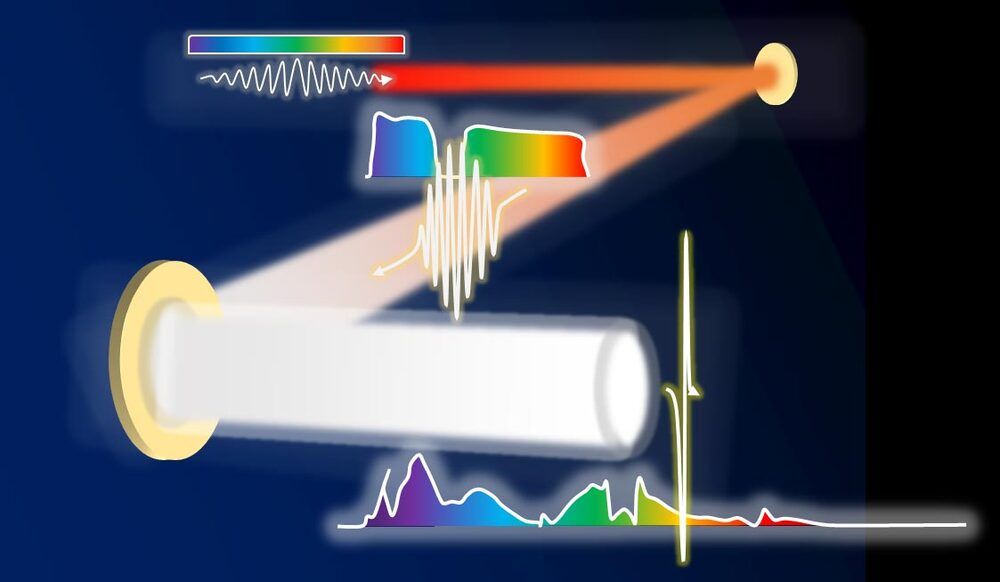
Researchers from the Max Planck Society assessed humans’ capabilities for controlling killer AI. Read the details.
Researchers from Osaka University propose a concept for next-generation ultra-intense lasers, possibly increasing the current record from 10 Petawatts to 500 Petawatts.
Ultra-intense lasers with ultra-short pulses and ultra-high energies are powerful tools for exploring unknowns in physics, cosmology, material science, etc. With the help of the famous technology “Chirped Pulse Amplification (CPA)” (2018 Nobel Prize in Physics), the current record has reached 10 Petawatts (or 1016 Watts). In a study recently published in Scientific Reports, researchers from Osaka University proposed a concept for next-generation ultra-intense lasers with a simulated peak power up to the Exawatt class (1 Exawatt equals 1000 Petawatts).
The laser, which was invented by Dr. T. H. Maiman in 1960, has one important characteristic of high intensity (or high peak power for pulse lasers): historically, laser peak power has experienced two-stage development. Just after the birth of the laser, Q-switching and mode-locking technologies increased laser peak power to Kilowatt (103 Watt) and Gigawatt (109 Watt) levels. After CPA technology was invented by Gérard Mourou and Donna Strickland in 1985, by which material damage and optical nonlinearity were avoided, laser peak power was dramatically increased to Terawatt (1012 Watt) and Petawatt (1015 Watt) levels. Today, two 10-Petawatt CPA lasers have been demonstrated in Europe (ELI-NP laser) and China (SULF laser), respectively.
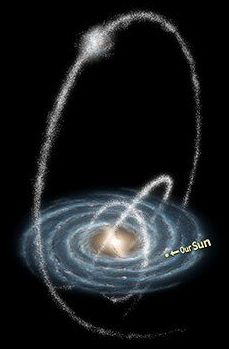
The Milky Way houses 8292 recently discovered stellar streams—all named Theia. But Theia 456 is special.
A stellar stream is a rare linear pattern—rather than a cluster—of stars. After combining multiple datasets captured by the Gaia space telescope, a team of astrophysicists found that all of Theia 456’s 468 stars were born at the same time and are traveling in the same direction across the sky.
“Most stellar clusters are formed together,” said Jeff Andrews, a Northwestern University astrophysicist and member of the team. “What’s exciting about Theia 456 is that it’s not a small clump of stars together. It’s long and stretched out. There are relatively few streams that are nearby, young and so widely dispersed.”

On the path to writing his Ph.D. dissertation, Lucio Milanese made a discovery—one that refocused his research, and will now likely dominate his thesis.
Milanese studies plasma, a gas-like flow of ions and electrons that comprises 99 percent of the visible universe, including the Earth’s ionosphere, interstellar space, the solar wind, and the environment of stars. Plasmas, like other fluids, are often found in a turbulent state characterized by chaotic, unpredictable motion, providing multiple challenges to researchers who seek to understand the cosmic universe or hope to harness burning plasmas for fusion energy.
Milanese is interested in what physicist Richard Feynman called “the most important unsolved problem of classical physics”—turbulence. In this case, the focus is plasma turbulence, its nature and structure.
